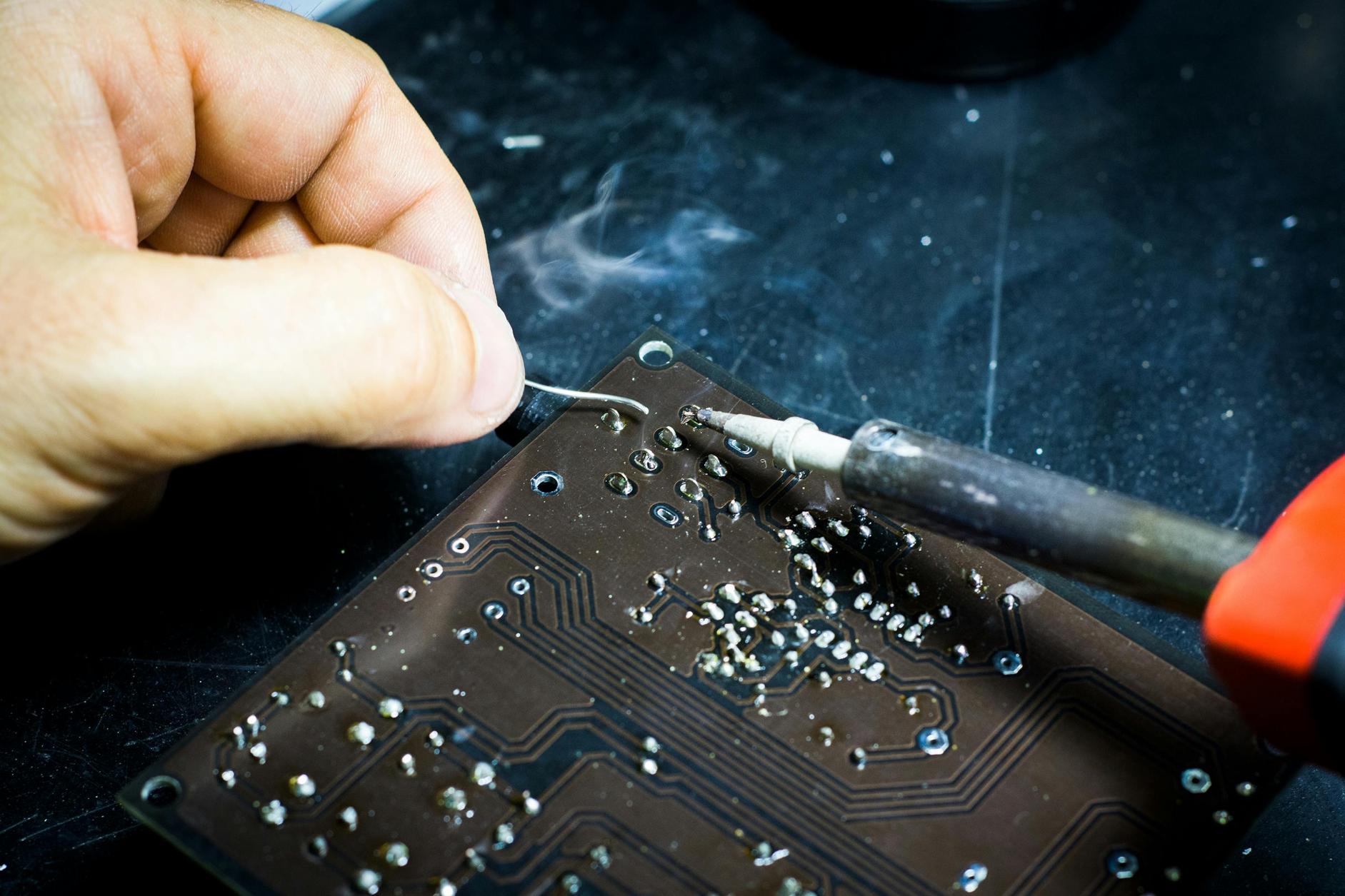How to Fix Computer Stuck on Restarting (2024 Guide)
Introduction
A computer that is stuck on restarting can be a significant hassle, disrupting productivity and causing major frustration. Thankfully, understanding the possible reasons for this issue and knowing how to troubleshoot can help you fix it promptly and efficiently. Whether it’s a hardware or software problem, following the right steps can get your computer back to its optimal state. This article will guide you through the process of identifying the causes and step-by-step procedures to resolve and prevent the "stuck on restarting" issue.
There are several reasons why your computer might get stuck on restarting. Understanding these common causes can help you pinpoint the issue more effectively.
- Software Updates: Sometimes, recent software updates, including operating system updates, can cause conflicts or incomplete installation leading the system to get stuck.
- Driver Issues: Incompatible or outdated drivers can result in the system hanging during the restart process.
- Hardware Problems: Faulty hardware components such as RAM, hard drive, or the motherboard can also be culprits.
- Corrupted System Files: System files that have become corrupted can impede the restart process.
- Startup Programs: Programs that automatically start when the computer boots can sometimes interfere with the restart process.
Recognizing these potential causes is the first step toward effective troubleshooting.
If your computer is stuck on restarting, you can try these basic troubleshooting steps to see if they resolve the issue.
- Perform a Hard Shutdown: Press and hold the power button until the computer turns off. Wait a few seconds, then turn it back on.
- Unplug External Devices: Disconnect all external devices such as USB drives, printers, and monitors. Sometimes peripheral devices can cause restart issues.
- Check for Overheating: Make sure your computer is not overheating. Clean any dust from the cooling vents and fans.
- Boot from Bootable Media: Using a bootable USB drive or DVD, you can try to boot the computer and check for issues.
- Run a Full System Scan: Use an antivirus program to check for malware or viruses that might be causing the issue.
Taking these initial steps can sometimes resolve minor issues and allow the computer to restart normally.
If basic troubleshooting doesn’t work, you might need to take more advanced steps. These methods are geared towards addressing deeper or more complex issues.

Boot into Safe Mode
Booting into Safe Mode allows your computer to start with only the necessary system programs and services.
- Restart your computer and press the F8 key (or Shift+F8) before the Windows logo appears.
- Select "Safe Mode" from the menu.
- Once in Safe Mode, troubleshoot the problem by uninstalling recent updates or checking startup programs.
System Restore
Using System Restore can help revert your computer to a previous state when it was functioning correctly.
- Access System Restore from Safe Mode or via a bootable media.
- Select a restore point before the issue began.
- Follow the on-screen instructions to restore your system.

BIOS Settings Adjustment
Incorrect BIOS settings can sometimes cause restart issues.
- Restart your computer and enter the BIOS setup (usually by pressing F2, F10, or Delete during startup).
- Check and reset BIOS settings to default.
- Save changes and exit BIOS setup.
These advanced steps can help address deeper issues that cause the restart problem.
Errors in software and drivers are common culprits for restarting issues, and addressing them can often resolve the problem.
Rollback Recent Updates
Sometimes, recent updates can cause compatibility issues leading to restarting problems.
- Go to "Settings" > "Update & Security" > "Windows Update."
- Select "View update history" and then "Uninstall updates."
- Identify and remove the recent updates that might be causing the issue.

Repairing System Files
Corrupted system files can prevent your computer from restarting properly. You can use the built-in System File Checker tool to fix these files.
- Open Command Prompt as an administrator.
- Type
sfc /scannowand press Enter. - Wait for the scan to complete and follow any instructions provided.
By focusing on software and driver issues, you can often resolve persistent restart problems.
To avoid encountering the same problem in the future, consider these preventive measures:
- Regular Updates: Keep your operating system and drivers up-to-date to avoid compatibility issues.
- Routine Maintenance: Perform regular scans for malware and clean the hardware components like fans and vents.
- Manage Startup Programs: Limit the number of programs that start automatically when your computer boots up.
By taking these preventive steps, you can help ensure that your computer functions smoothly and avoid the frustration of it getting stuck on restarting.
Dealing with a computer that is stuck on restarting can be aggravating, but following the steps outlined in this guide can help you diagnose and rectify the issue. Whether you start with basic troubleshooting or need to dive into advanced methods, being systematic about your approach will lead to a solution.
Frequently Asked Questions
What should I do if my computer is stuck on restarting?
Begin by performing a hard shutdown, unplugging external devices, and booting from bootable media. If these steps don’t work, try advanced methods.
Can I fix the restarting issue without losing my data?
Yes, troubleshooting steps such as booting into Safe Mode, performing a System Restore, or repairing system files usually do not affect personal data.
How can I prevent my computer from getting stuck on restarting in the future?
Regularly update your software and drivers, perform routine maintenance, and manage startup programs to minimize the risk of future restart issues.



